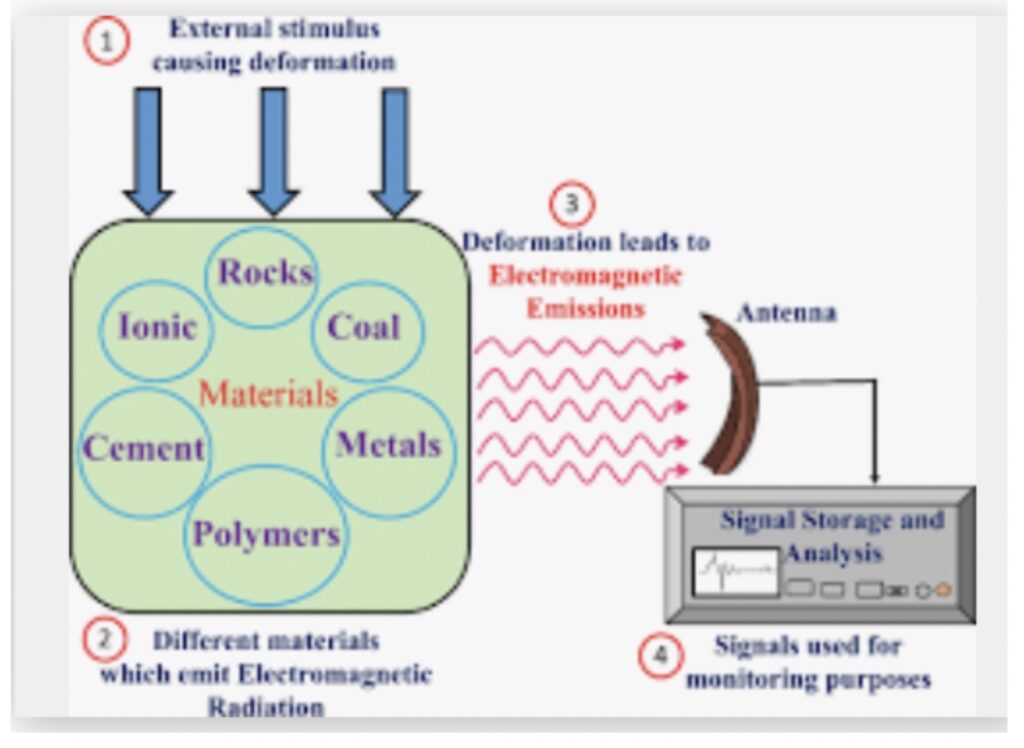The paper “A review on deformation-induced electromagnetic radiation detection: history and current status of the technique” highlights a fascinating technique that utilizes the electromagnetic radiation generated during deformation to detect stress and strain in materials. While this technique has applications in modern materials science, it also has intriguing implications for ancient structures and their possible role in providing natural energies to historical populations.
Many ancient structures, such as pyramids, temples, and megaliths, have been found to exhibit unique electromagnetic properties. These properties have been attributed to a variety of factors, including the composition of the building materials, the geometric shapes of the structures, and their alignment with the earth’s magnetic field.
One theory suggests that these structures were intentionally designed to harness and amplify natural energies, such as electromagnetic radiation, for various purposes, including healing, agriculture, and even communication with extraterrestrial beings. The concept of energy fields and their connection to the human body is not a new one and is a central tenet of various alternative healing practices, such as acupuncture and Reiki.
However, the scientific evidence for the existence of such energies and their ability to be harnessed by ancient structures remains a topic of debate. This is where the technique of deformation-induced electromagnetic radiation comes in. The following diagram from the paper shows how different materials under pressure or stress can cause the emission of electromagnetic radiation:

By subjecting these ancient structures to stress and strain, it may be possible that electromagnetic radiation could have been generated due to various and determine whether the structures were indeed designed to harness such energies. This would not only shed light on the purpose of these structures but could also have implications for modern energy technology.
For example, if it is discovered that ancient structures were able to harness natural energies, it may be possible to replicate these techniques in modern materials and structures, leading to more efficient and sustainable energy production.
Of course, such research would require careful analysis and interpretation, as there are many factors that could contribute to the electromagnetic properties of ancient structures. Nevertheless, the technique of deformation-induced electromagnetic radiation detection offers a promising avenue for investigating the mysteries of ancient structures and their possible role in providing natural energies to historical populations.



